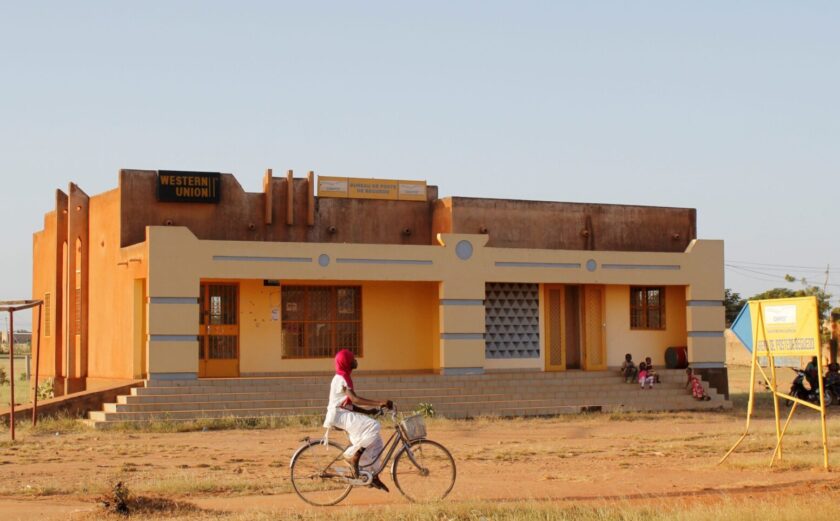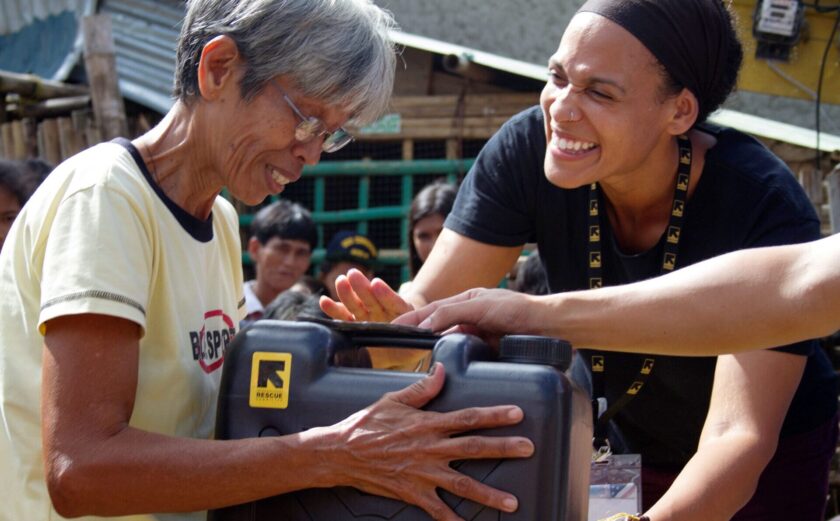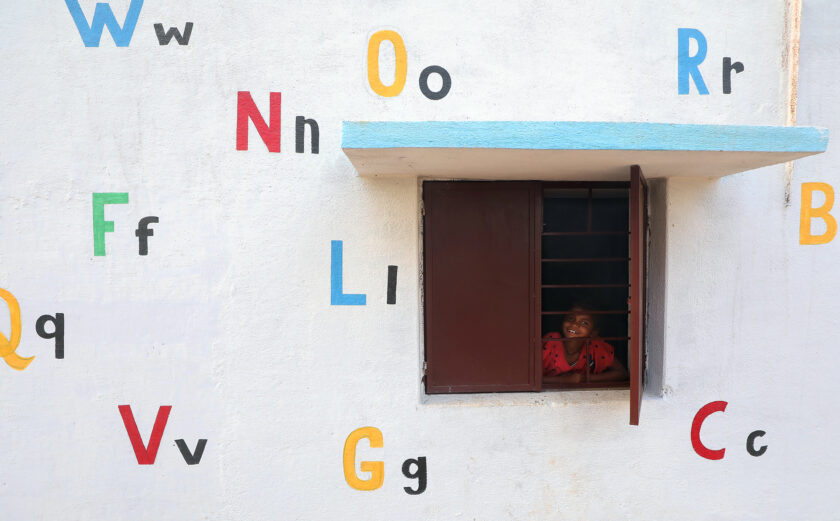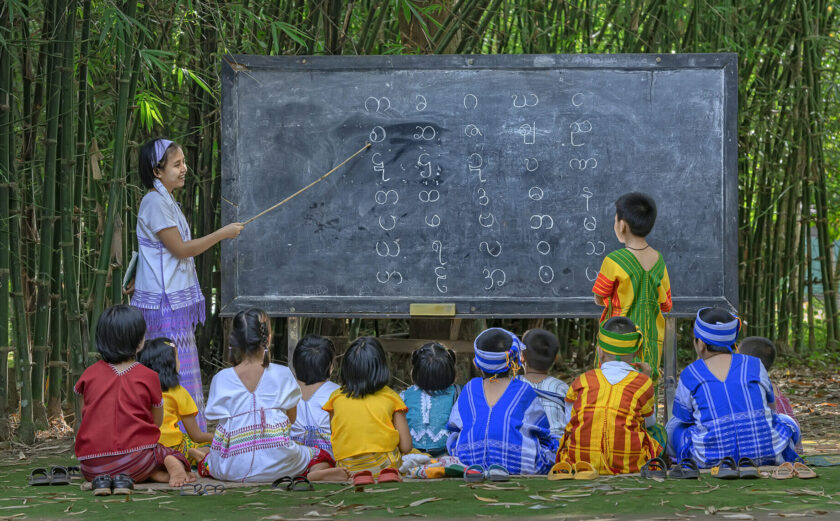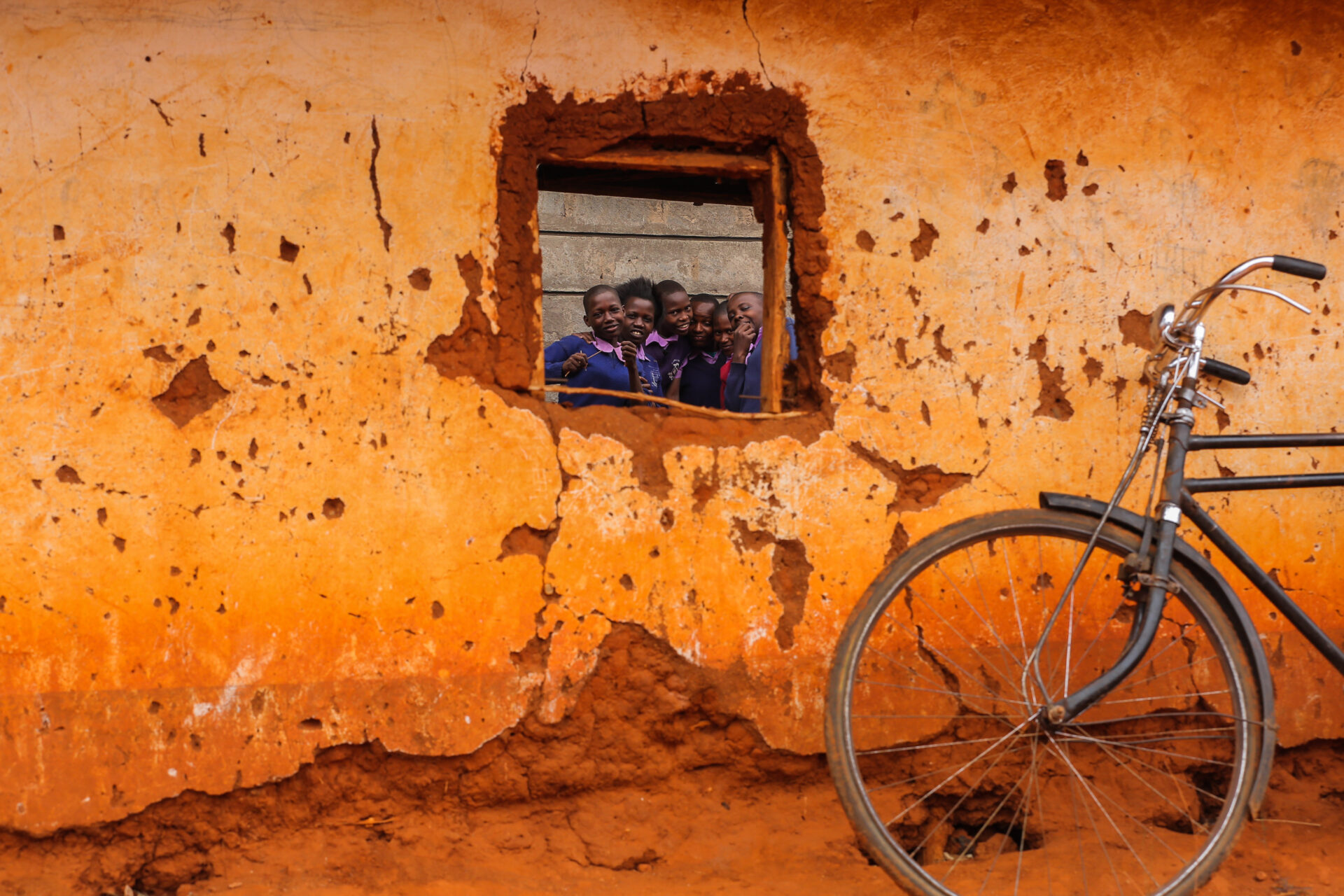
Reimagining Education to Deliver a “New Social Contract” for Children and Youth
The Transforming Education Leaders Summit will convene on September 19, 2022, during the United Nations General Assembly (UNGA) session in New York. Billed as an event to create a new social contract for transforming education, it seeks to “[catalyze] a global debate on how knowledge, education, and learning need to be reimagined in a world of increasing complexity, uncertainty, and precarity.”
In 1762, French political philosopher Jean-Jacques Rousseau conceptualized the ‘social contract,’ speaking of the implicit agreement between government and the people on how social cooperation could result in shared benefits equally available to all members of society.
UNESCO’s use of this term when speaking of education points to conditions that have created fissures in the current ‘contract,’ adversely impacting and reversing education gains for children and youth in the Global South.
Often described as a slow and unseen crisis, learning losses, characterized as ‘learning poverty’ in a 2022 joint publication from the World Bank, UNICEF, FCDO, USAID, Bill & Melinda Gates Foundation, and in partnership with UNESCO, will have longer-term development impacts, especially in low and middle-income countries. As multiple and overlapping crises—including COVID-19, climate change, various conflicts, and food insecurity—contribute to growing inequality within and across nations, estimates predict the current generation of students could lose up to $11 trillion in lifetime earnings, pointing to broader negative development impacts in communities around the world.
Given this background, Summit organizers identified three essential questions:
- What do we currently do that should continue? Should we continue to see education as a right and not a privilege?
- What needs to be abandoned? Should Western learning systems that ignore or diminish traditional knowledge over formal learning be left behind?
- What needs to be reinvented? Will meaningful involvement of children and youth in setting priorities help advance educational systems?
In anticipation of the Summit, a detailed preparatory process was undertaken, including:
- National consultations in over 100 countries, aimed at developing a shared vision and a commitment to action.
- Identifying Thematic Action Tracks at the global level to spotlight areas that require greater attention and action, including:
- Inclusive, equitable, safe, and healthy schools;
- Teachers, teaching, and the teaching profession;
- Learning and skills for life, work, and sustainable development;
- Digital learning and transformation; and
- Financing of education.
While the Summit is not intended to result in outcomes agreed to by all UNGA member governments, it does aim to galvanize national commitments and greater public engagement focused on transforming education. The Summit provides a unique opportunity to elevate education to the top of the global political agenda and to mobilize action aimed at recovering pandemic-related learning losses. Organizers have called for the widest involvement of young people as central to all aspects of the Summit.
Clearly, as summits go, the scale of the ambition is rather low in terms of official outcomes, but that is not where much of the impact will be seen. Rather, what is important is the level of national and regional engagement among official circles, civil society organizations, and children and youth groups as they collectively advance the call to transform education in substantive and meaningful ways.
Reimagining education is critical for equipping the next generation with the knowledge, skills, cultural competencies, and tools to navigate known and unknown future challenges. This also means ‘right-sizing’ investments for children and youth inside a nimbler international system and supportive policy context that prioritizes real innovations in education to support the building of a just, equitable, and inclusive world. This is the only hope the global community has to even partially achieve the original aspirations represented by Sustainable Development Goal 4.
